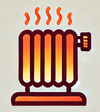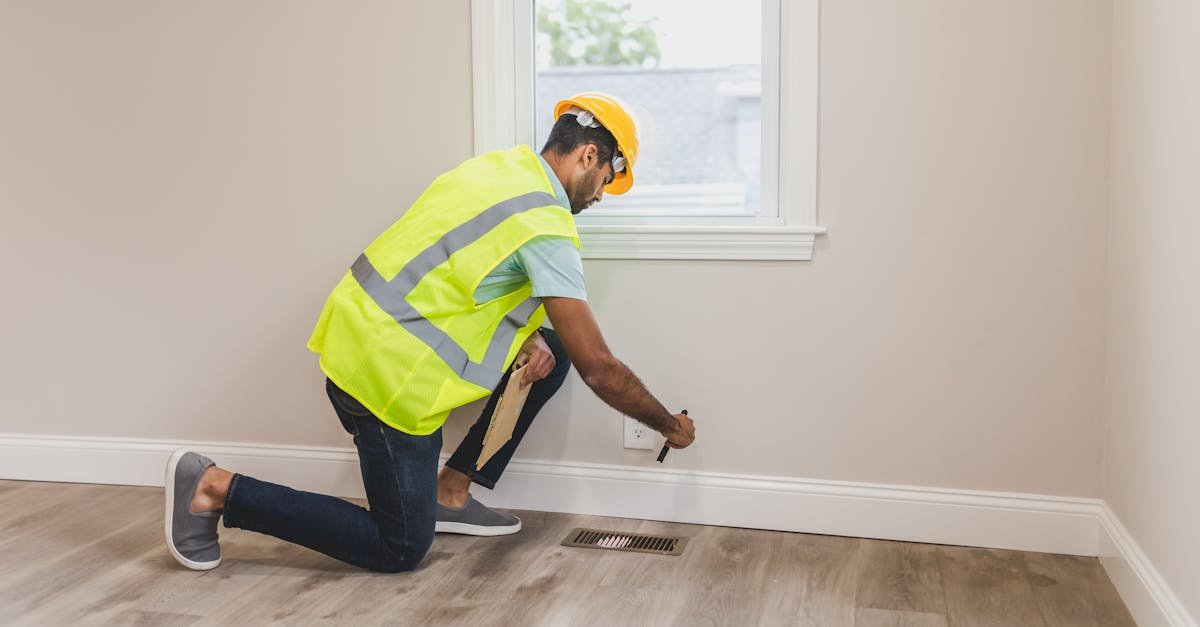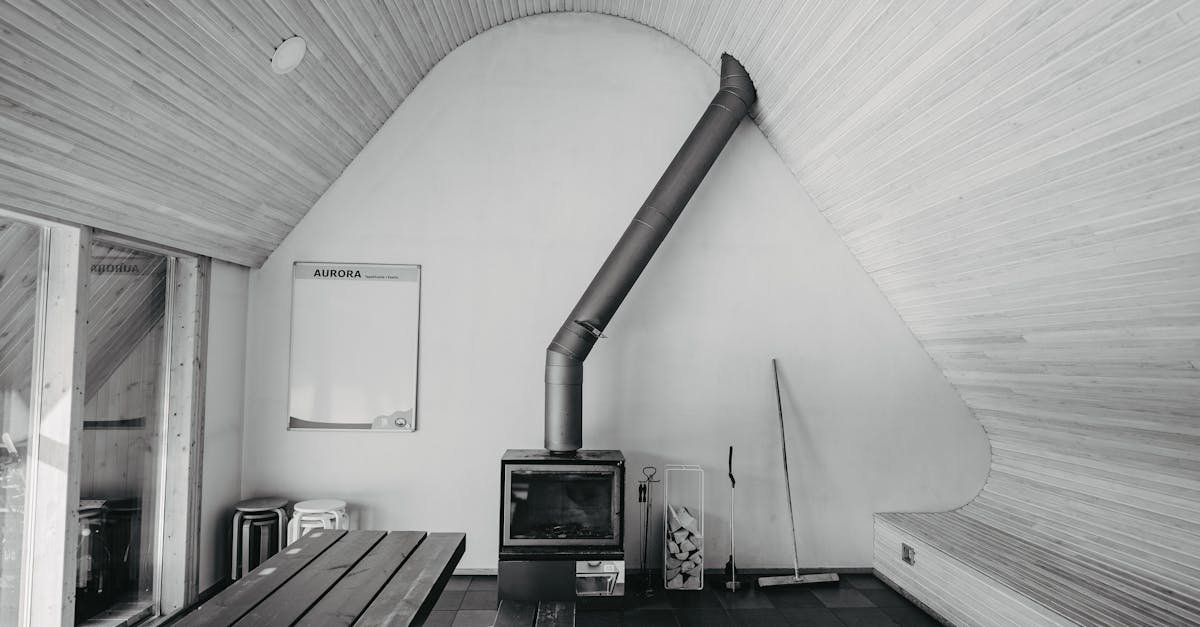If your baseboard heater isn’t working properly, don’t worry—repairing it can be a straightforward process. Start by checking the thermostat settings and ensuring the unit is receiving power. If it’s still not heating, you might need to bleed the radiator or check for clogs in the system.
Understanding Baseboard Heaters
Baseboard heaters provide efficient warmth in spaces lacking central heating. These heaters come in several types and can face common issues that affect their performance.
Types of Baseboard Heaters
- Electric Baseboard Heaters:
Electric baseboard heaters use electricity to heat a resistive element. This element warms the air around it. These heaters are easy to install along walls and operate quietly. - Hydronic Baseboard Heaters:
Hydronic models use hot water or steam from a boiler. They circulate heated water through pipes, releasing warmth into the room. These systems usually offer more consistent heating compared to electric versions.
- Thermostat Problems:
A malfunctioning thermostat can lead to improper heating. Check settings to ensure they are correct. If the thermostat isn’t responsive, it may need replacement. - Power Supply Issues:
Ensure the heater is plugged in or receiving power. A tripped circuit breaker or blown fuse could interrupt the power supply. Reset the breaker or replace the fuse if necessary. - Air Trapped in the System:
For hydronic systems, air bubbles can form and block heat. Bleeding the radiator removes trapped air, allowing hot water to circulate properly. - Clogs in the System:
Both electric and hydronic heaters can experience clogs. Inspect the units for debris or obstructions that might restrict airflow or water flow. Clean or clear any blockages found. - Uneven Heating:
If one area of the room feels cooler, check for blockages around the heater. Furniture or curtains can obstruct airflow. Ensure the area around the heater is clear. - Strange Noises:
Noises can signal issues like air in hydronic systems or electrical problems in electric units. Address these sounds immediately, as they may indicate a need for repair.
By understanding the types of baseboard heaters and recognizing common issues, you can effectively maintain your heating system for optimal performance.
Tools Required for Repairs
You need specific tools for successful baseboard heater repairs. Using the right tools simplifies the process and boosts efficiency.
Essential Tools for Baseboard Heater Repair
- Screwdrivers: Get both flathead and Phillips head screwdrivers. They help remove covers, thermostats, and other components.
- Voltage Tester: Use a voltage tester to check for electricity. Ensure the circuit is safe before you work on it.
- Multimeter: A multimeter measures voltage, current, and resistance. This helps diagnose electrical issues effectively.
- Wire Strippers and Pliers: Wire strippers and pliers are essential for handling and repairing wiring connections.
- Vacuum Cleaner with Crevice Tool: Clean dust and debris from the heater’s interior. A vacuum with a crevice tool makes this task easier.
- Lubricants: Buy lubricants to maintain valves and other moving parts in hydronic baseboard heaters.
- Replacement Parts: Keep fuses, circuit breakers, thermostats, and heating elements on hand. These replacements may be necessary for repairs.
Safety Equipment
Safety comes first during repairs. Use the following safety equipment to protect yourself:
- Safety Glasses: Protect your eyes from debris.
- Gloves: Wear gloves to avoid cuts or electrical shock.
- Boots: Use sturdy boots to protect your feet from sharp objects.
- Face Mask: If cleaning or handling dust, a face mask safeguards your lungs.
Always prioritize safety gear when you work. It minimizes risks and enhances your repair experience.
Step-by-Step Repair Process
Follow this step-by-step process to effectively repair your baseboard heater. This guide helps ensure your heater runs efficiently and safely.
Diagnosing the Problem
Start by identifying the issue. Check the power supply and the thermostat settings. Make sure your thermostat is set higher than the current room temperature. Inspect the circuit breaker; if it tripped, reset it. Look for signs of damage in wires or connections. Use a multi-meter to test for electrical shorts.
Next, check for physical obstructions. Remove any furniture or objects that block the heater. Look for dirt or debris that may hinder airflow. If you find air trapped in a hydronic system, bleed the radiator to release it.
Performing Basic Repairs
Begin with the simplest repairs. If your heater isn’t warming up, replace the thermostat if it’s defective. Use a screwdriver to remove the old one and install a compatible new unit.
If the heater is noisy, tighten any loose screws or bolts. Check for leaks in hydronic systems; tightening fittings can often solve the problem. Use lubricants sparingly on moving parts to avoid excess buildup.
For electrical issues, ensure that all connections are secure. If you find damaged wires, strip and replace them. Use wire strippers for a clean cut. Always match the wire gauge to your heater’s specifications.
When to Call a Professional
Some problems require expert assistance. Call a professional if you notice persistent tripping of the circuit breaker or if electrical shorts recur. If leaks continue after repairs, or if the system is failing to heat adequately, professional help may be necessary.
Safety is paramount. Avoid risky repairs beyond your skill level. Experienced technicians can handle complex issues, ensuring your heater operates safely and effectively.
Maintenance Tips for Baseboard Heaters
- Check the Power Supply Regularly
Confirm that your baseboard heater is connected to a power source. If it’s electric, ensure the circuit breaker for the heater is not tripped. - Inspect the Thermostat
Examine the thermostat settings. Keep it at the desired temperature for optimal heating. A malfunctioning thermostat can disrupt the entire system. - Clean the Heaters
Dust and debris can accumulate on the heater. Use a vacuum with a crevice tool to remove dirt. Maintain cleanliness for efficient operation and airflow. - Bleed Hydronic Heaters
If you have a hydronic baseboard heater, check for trapped air. Bleed the radiator to eliminate air pockets that can prevent proper heating. - Examine Connections
Inspect electrical connections for loose wires. Tighten any loose connections promptly to avoid overheating and circuit failures. - Monitor for Unusual Noises
Listen for strange sounds while the heater operates. Unusual noises could indicate problems needing attention, such as air in the system or mechanical issues. - Schedule Annual Maintenance
Arrange for professional inspections at least once a year. A technician can identify potential issues before they become significant problems, ensuring long-term performance. - Install Proper Circuit Breakers
Ensure your heater uses a circuit breaker with the correct amperage rating. Most baseboard heaters require 20-amp or 30-amp breakers. Check specifications to prevent overload. - Address Foul Odors Immediately
If you notice an unpleasant smell coming from the heater, turn it off and seek assistance. Odors may indicate overheating or electrical issues. - Keep Area Around Heater Clear
Maintain a clear space around the baseboard heater. Avoid clutter and ensure furniture or drapes do not obstruct airflow. Proper airflow promotes more efficient heating.
By adhering to these maintenance tips, you can enhance the efficiency and safety of your baseboard heaters, ensuring they perform well for many years.
Conclusion
Taking the time to understand and maintain your baseboard heater can save you both time and money. By following the troubleshooting steps and repair tips outlined in this guide, you’ll be better equipped to tackle common issues. Remember to prioritize safety and know when it’s best to call in a professional. Regular maintenance not only enhances efficiency but also extends the life of your heating system. With the right tools and knowledge, you can ensure your baseboard heater operates smoothly, keeping your space warm and comfortable all season long.








